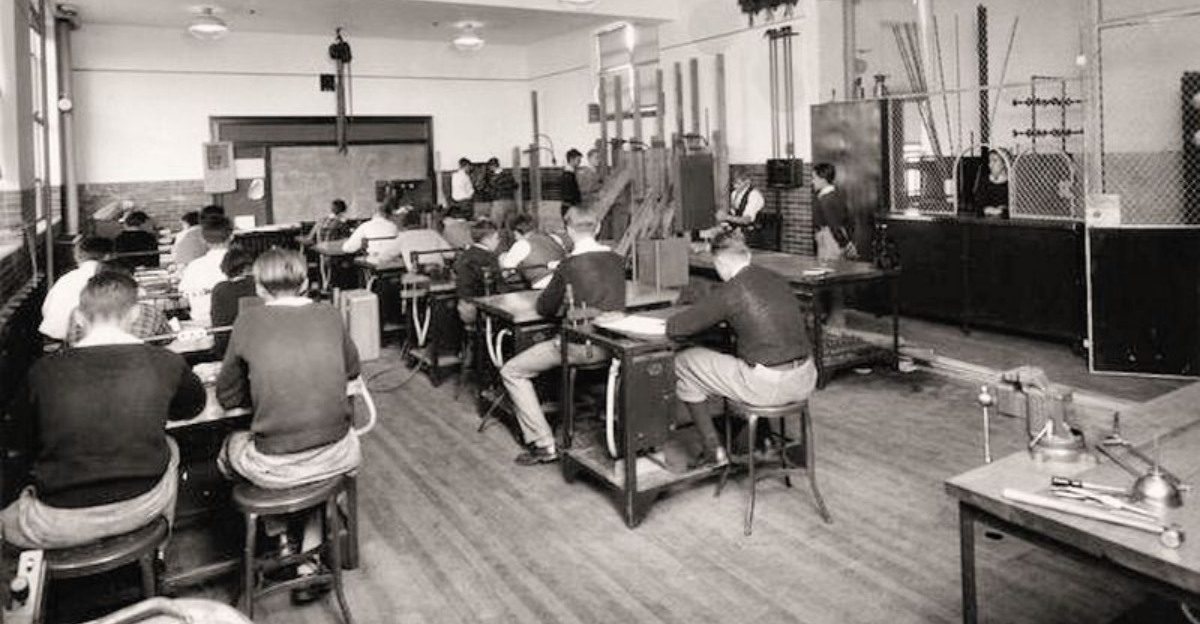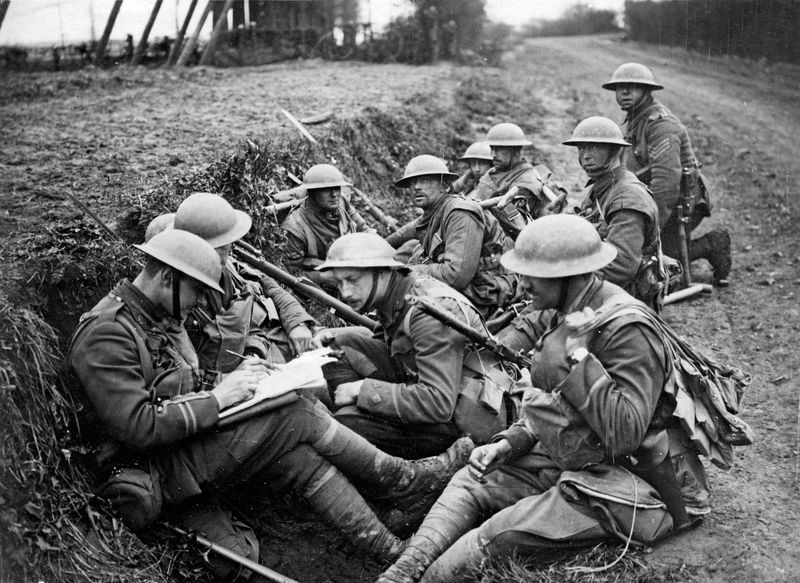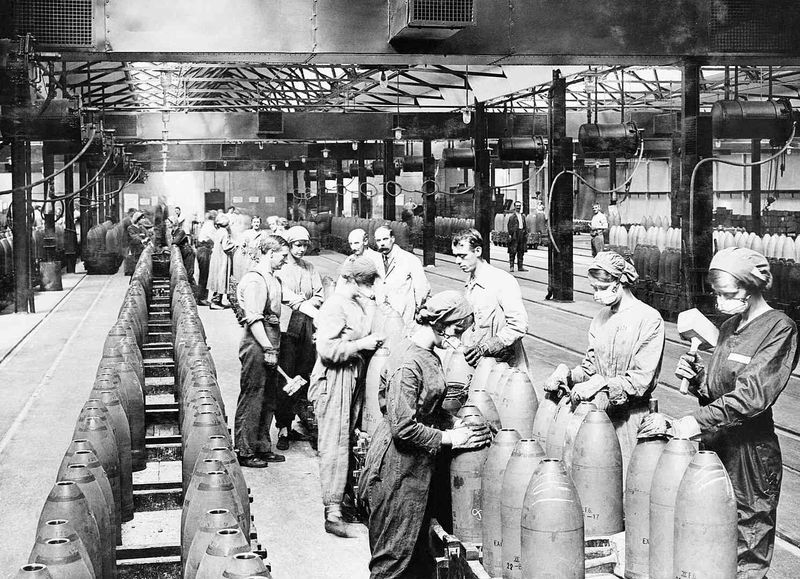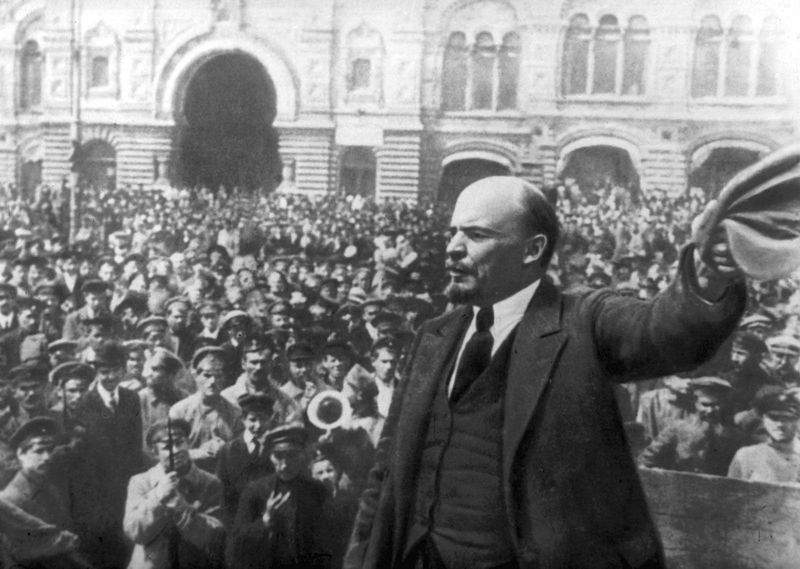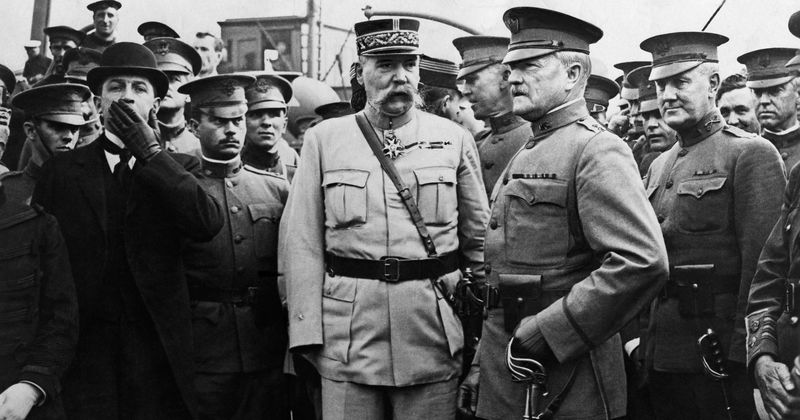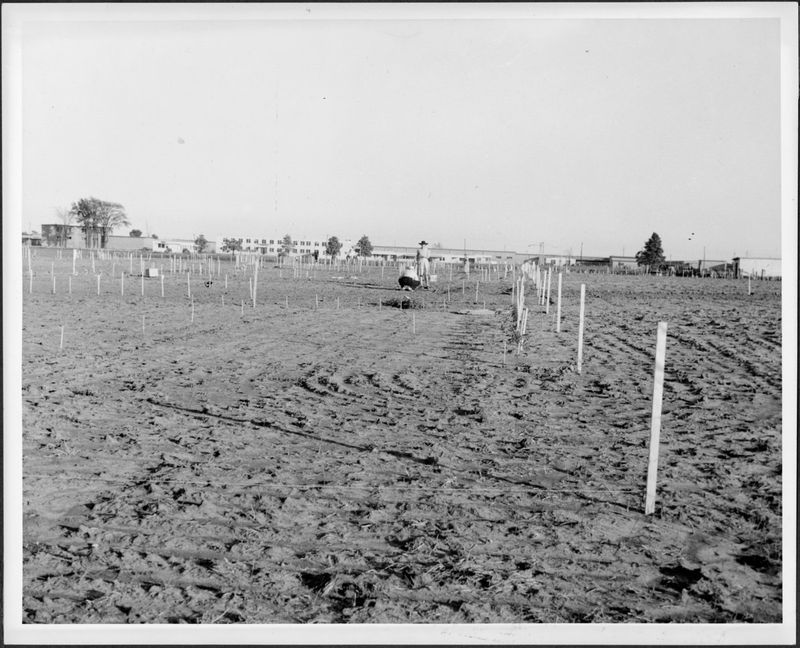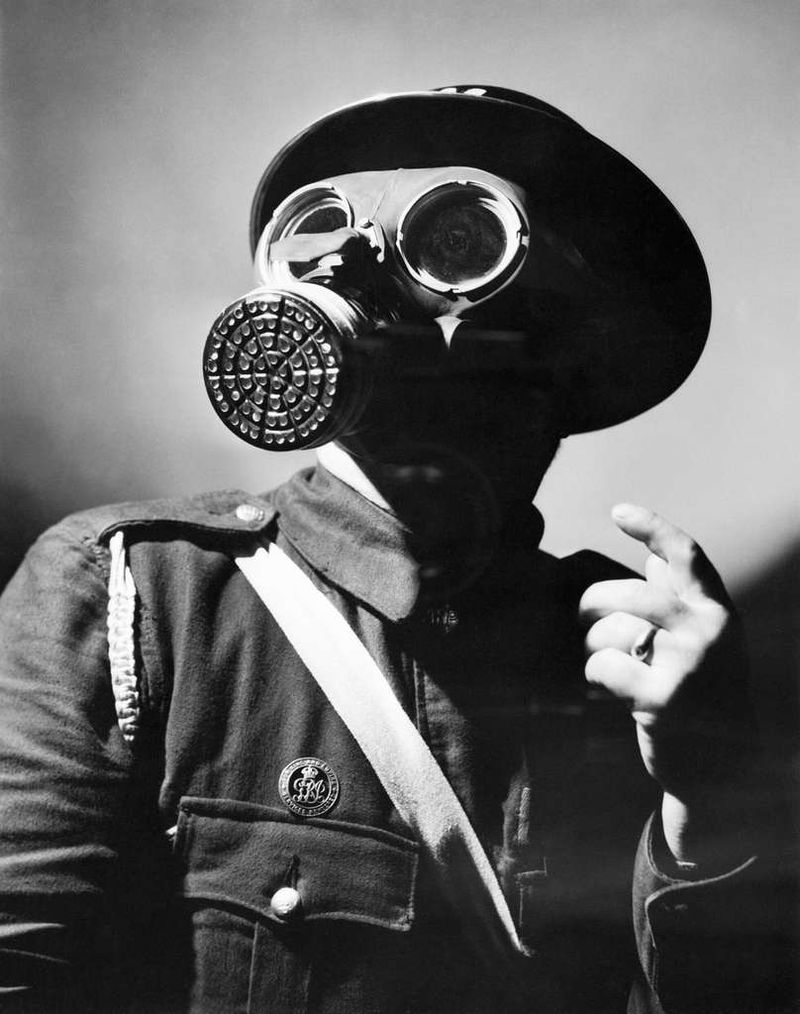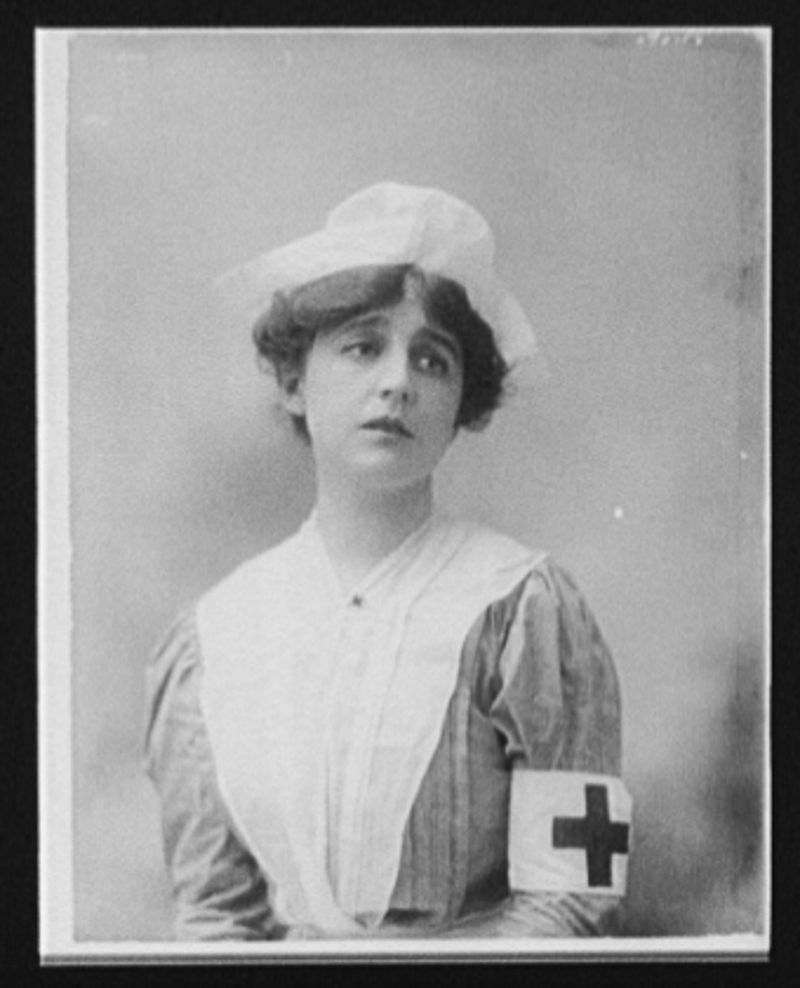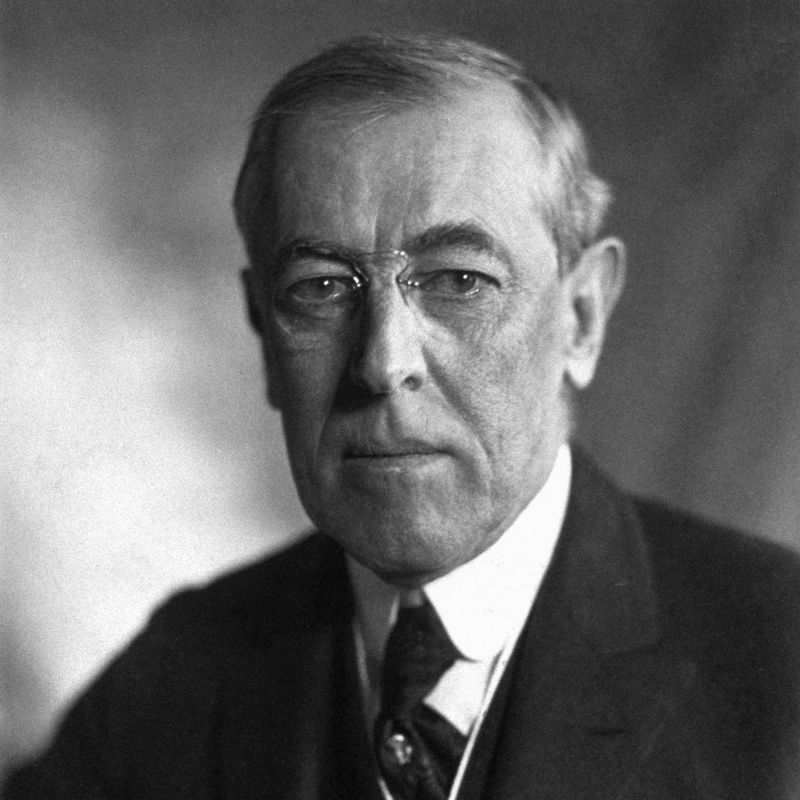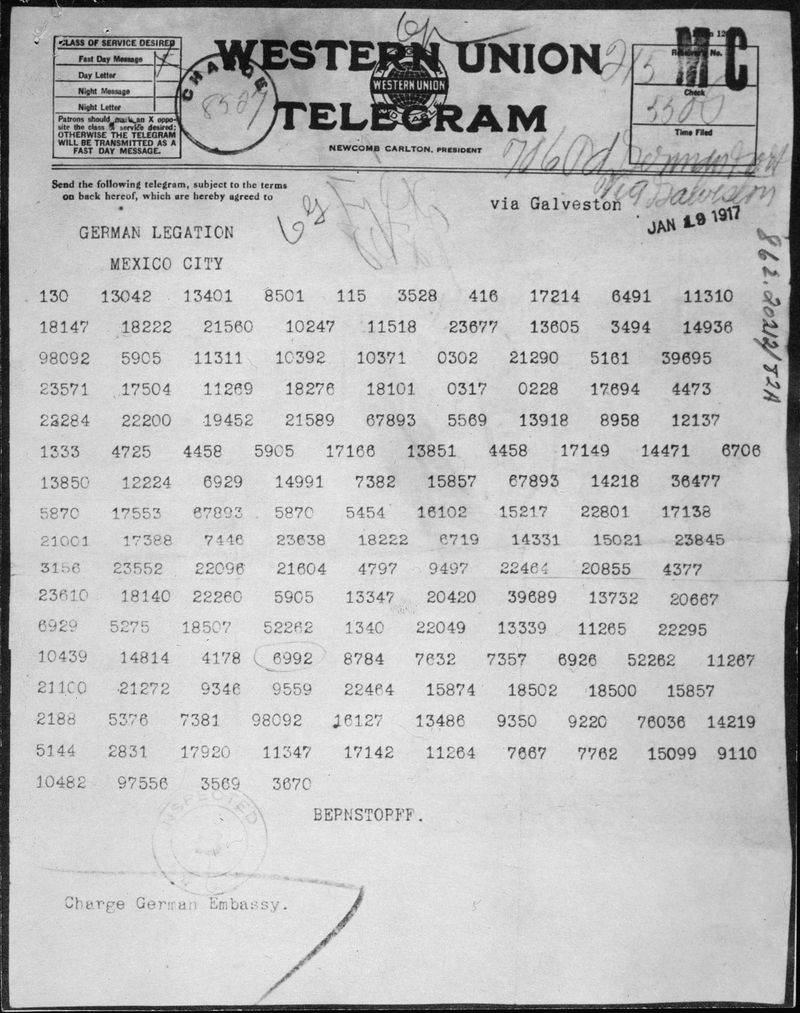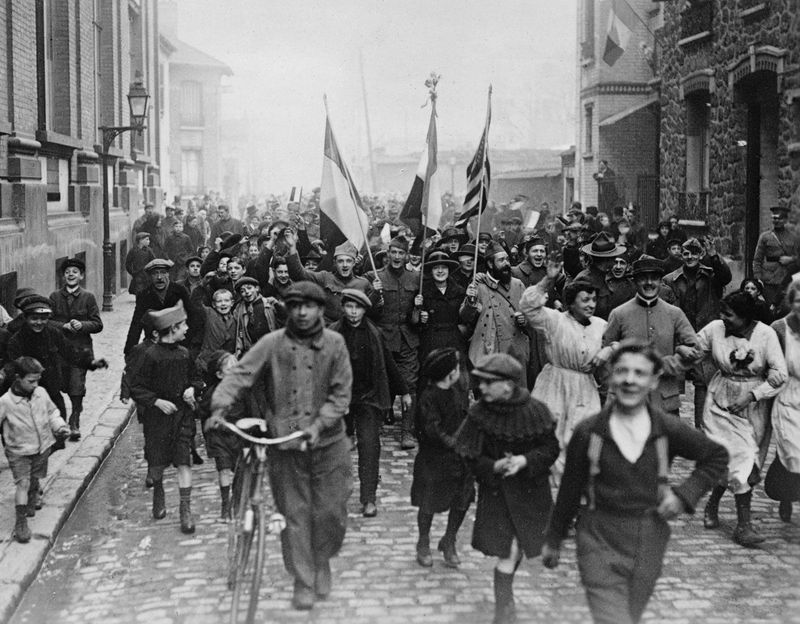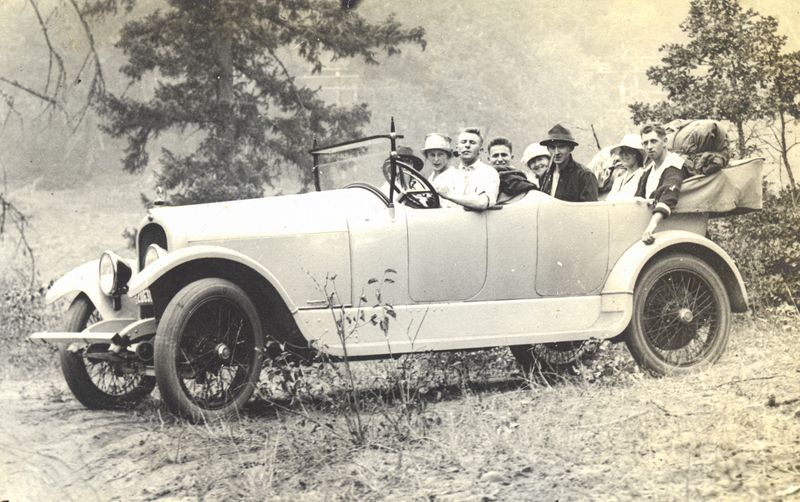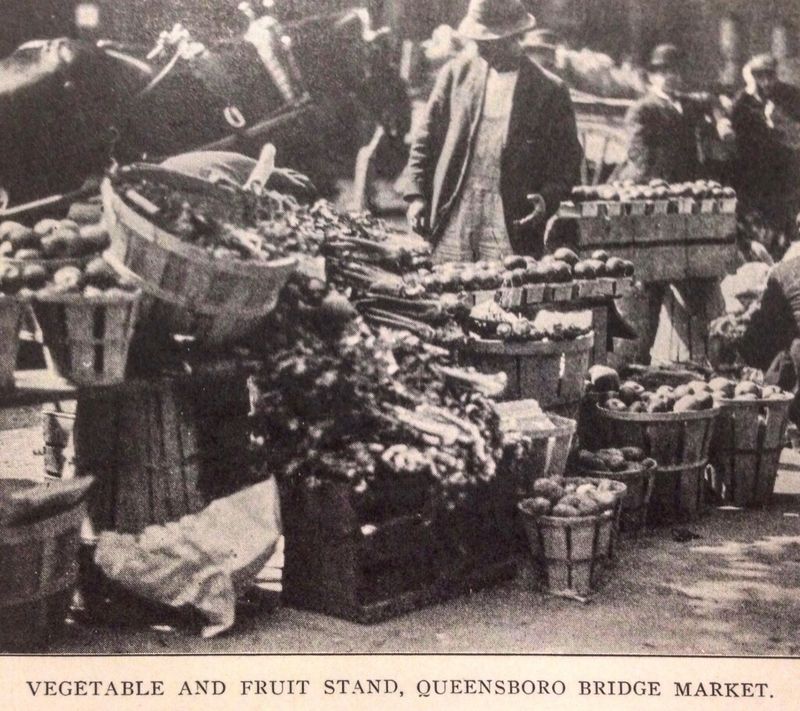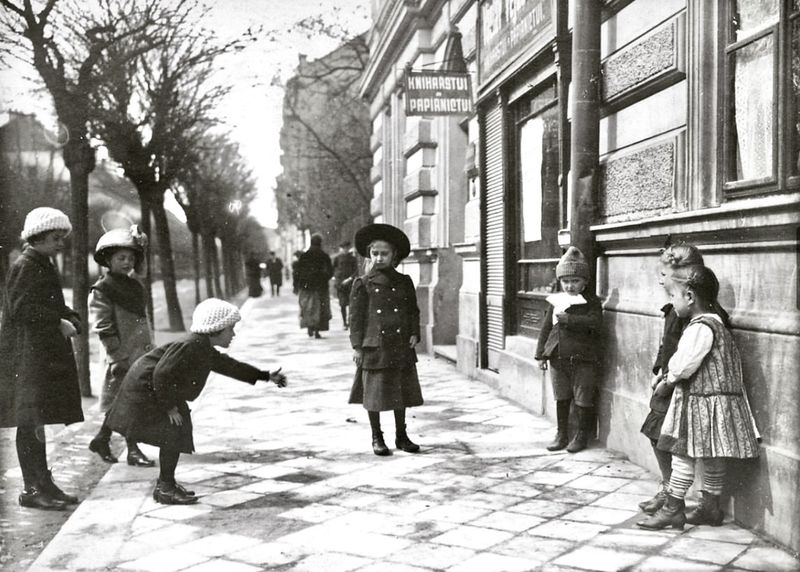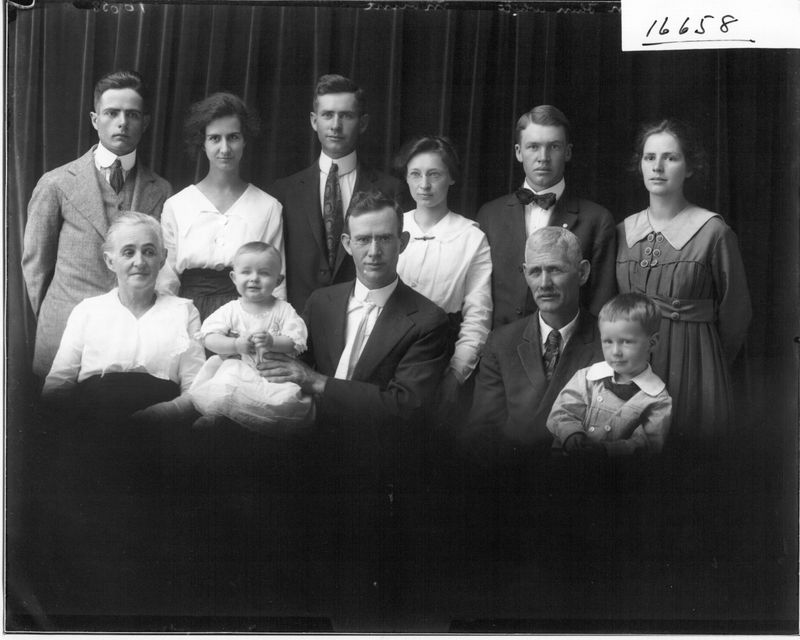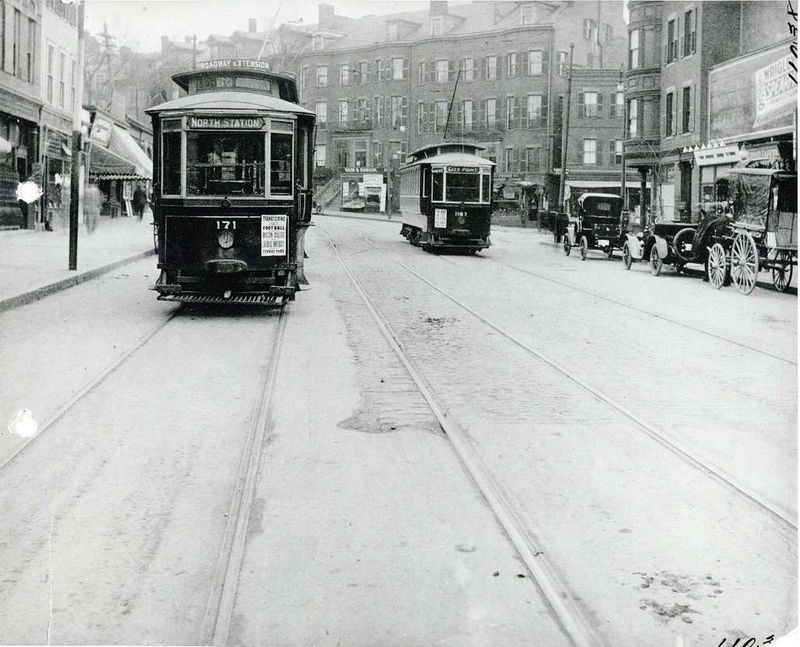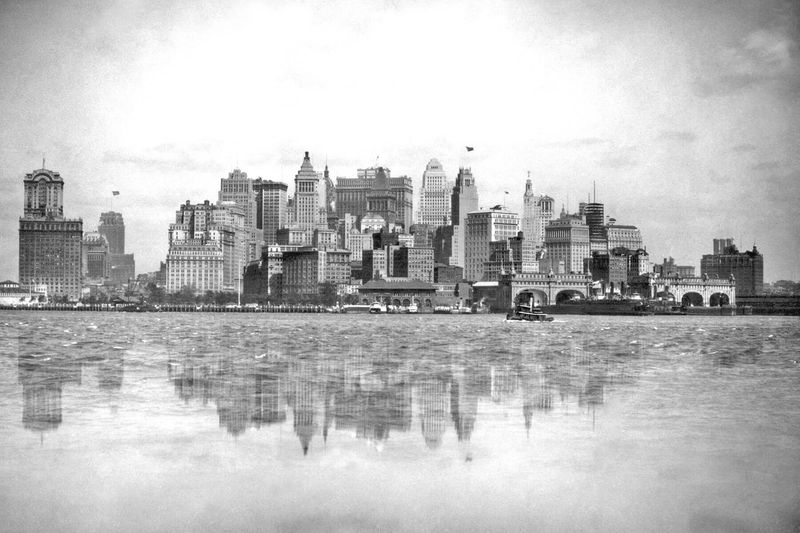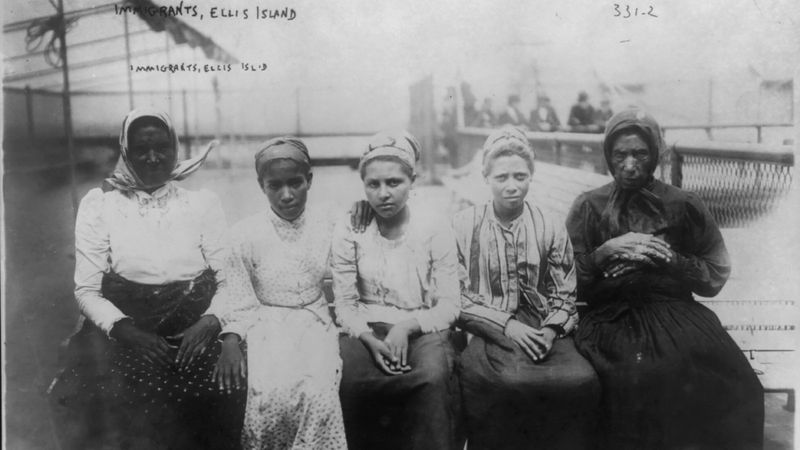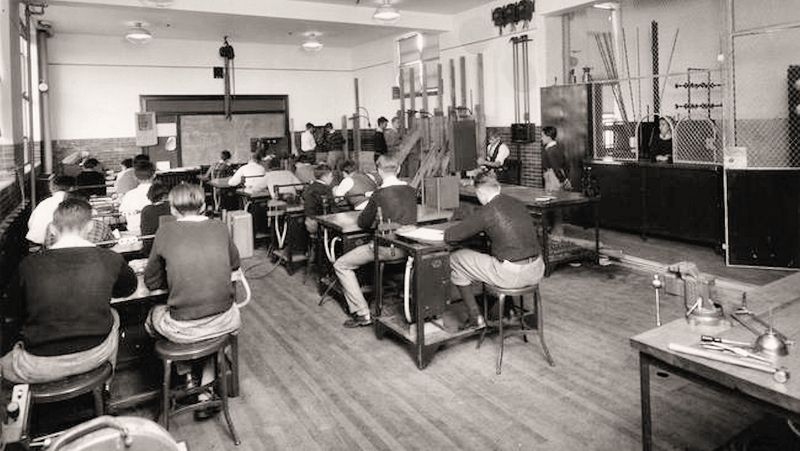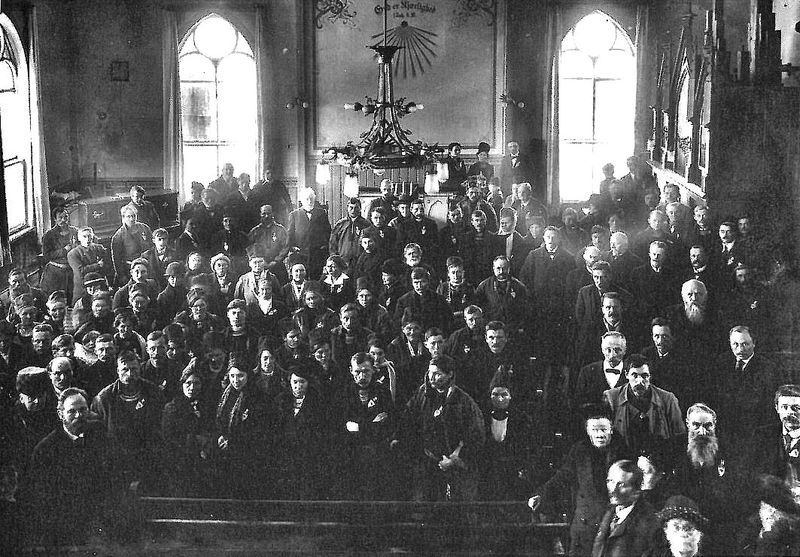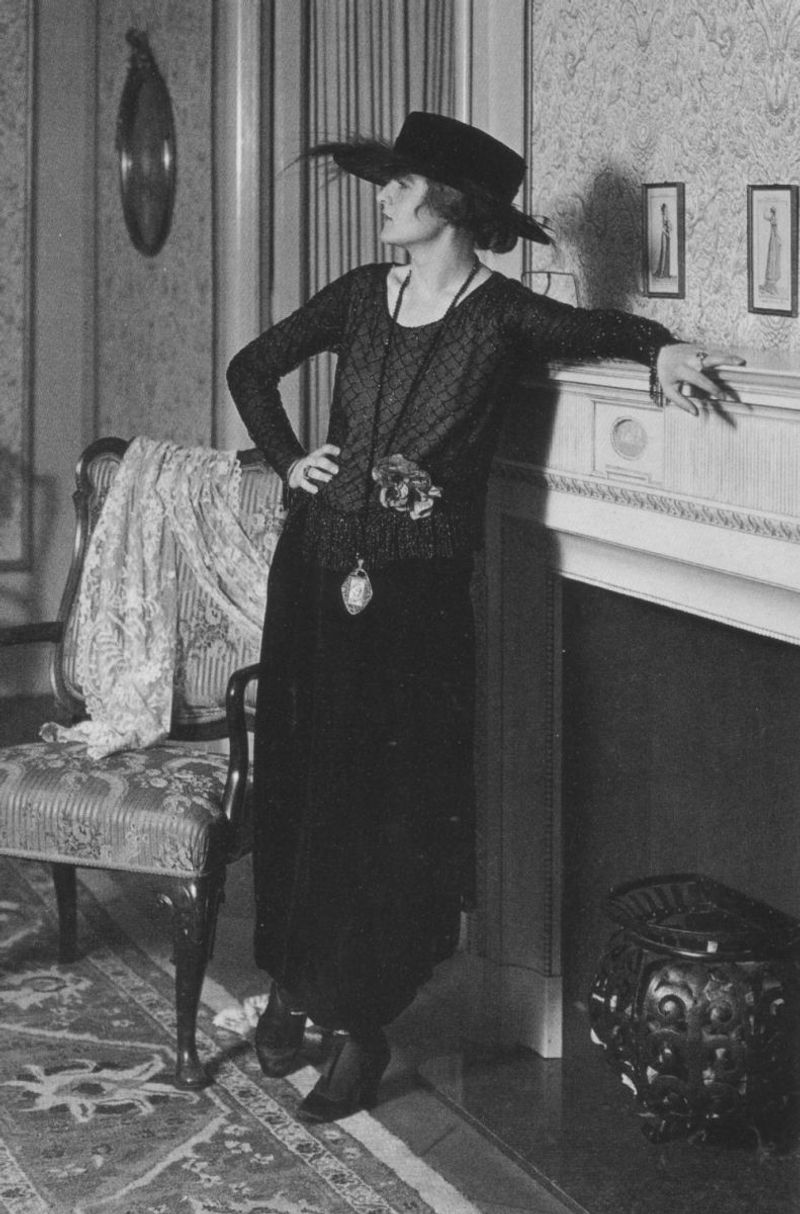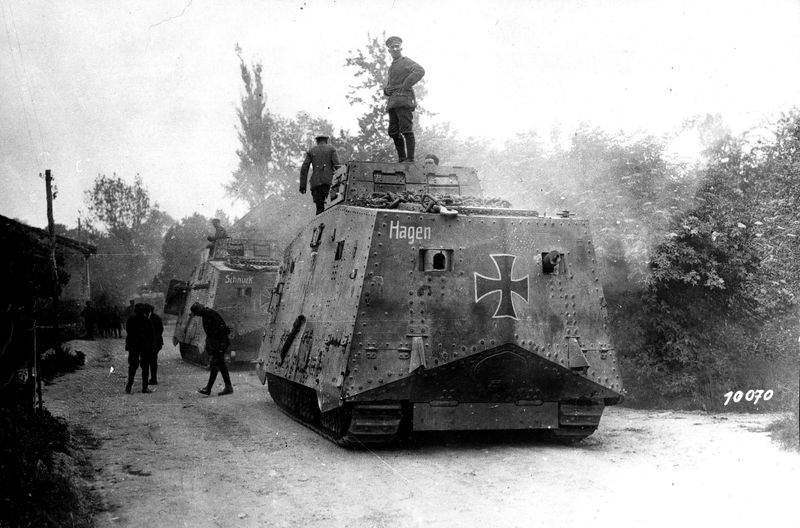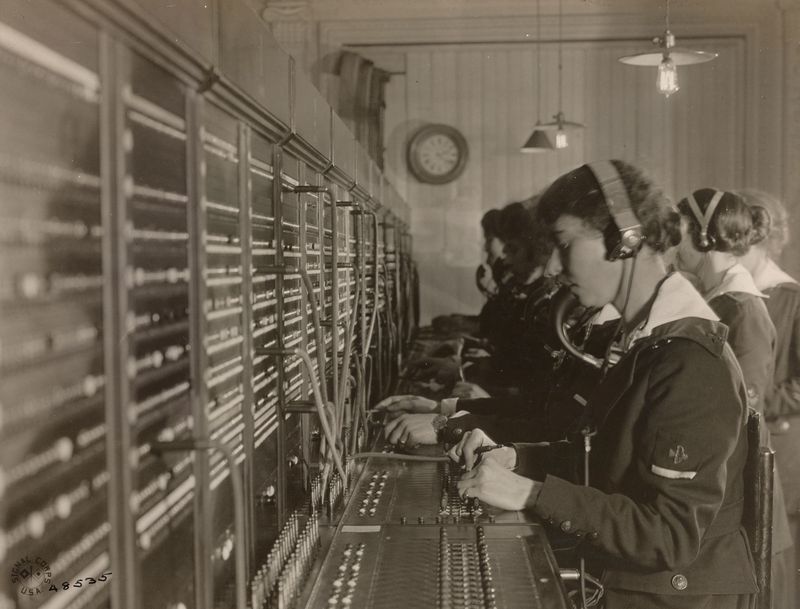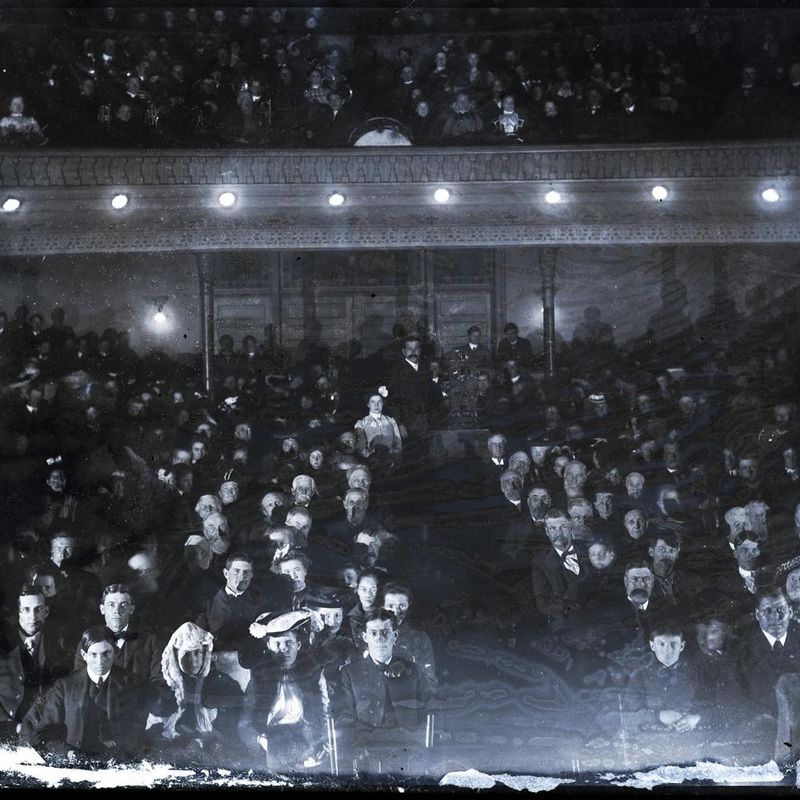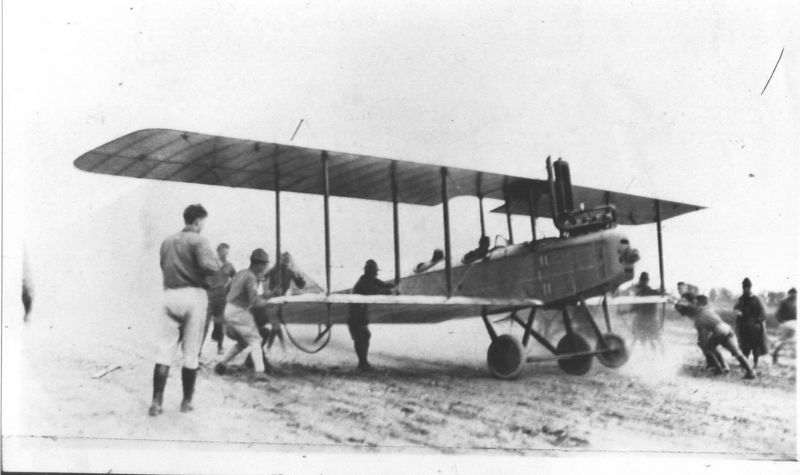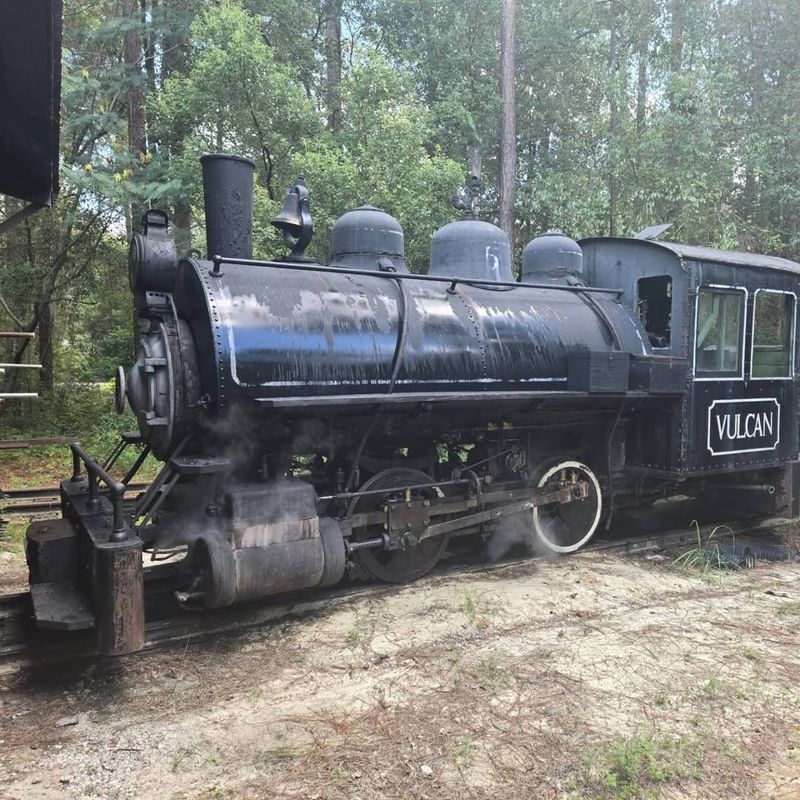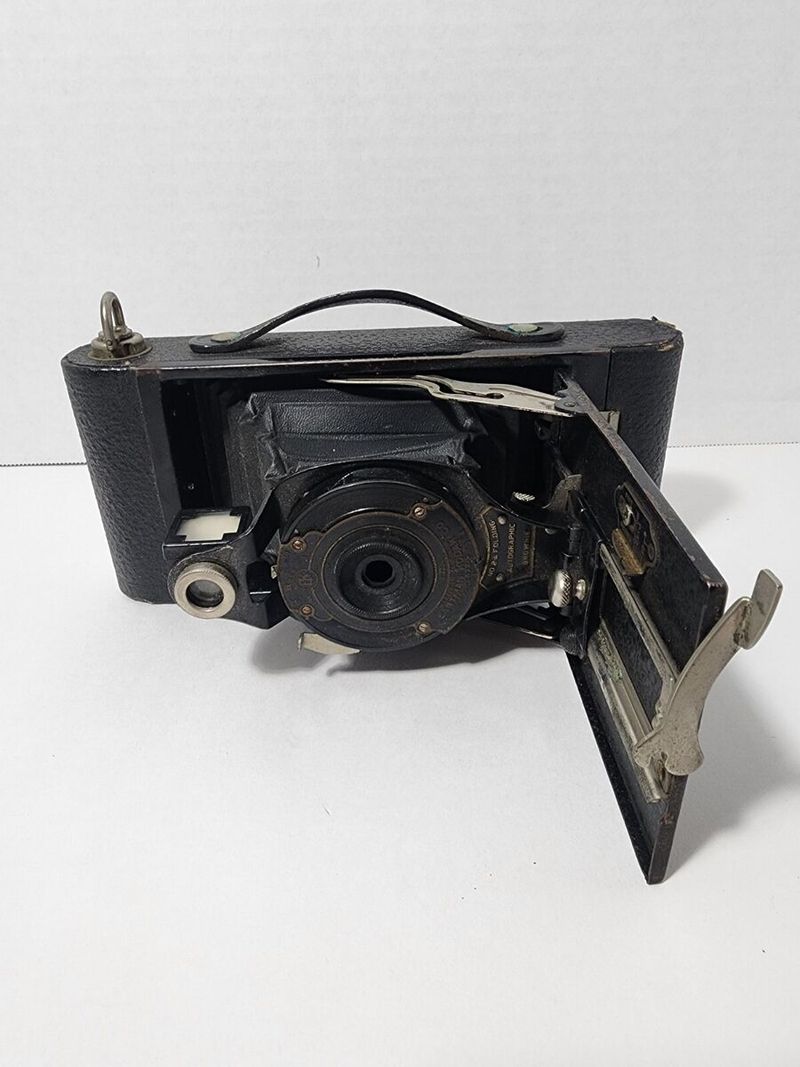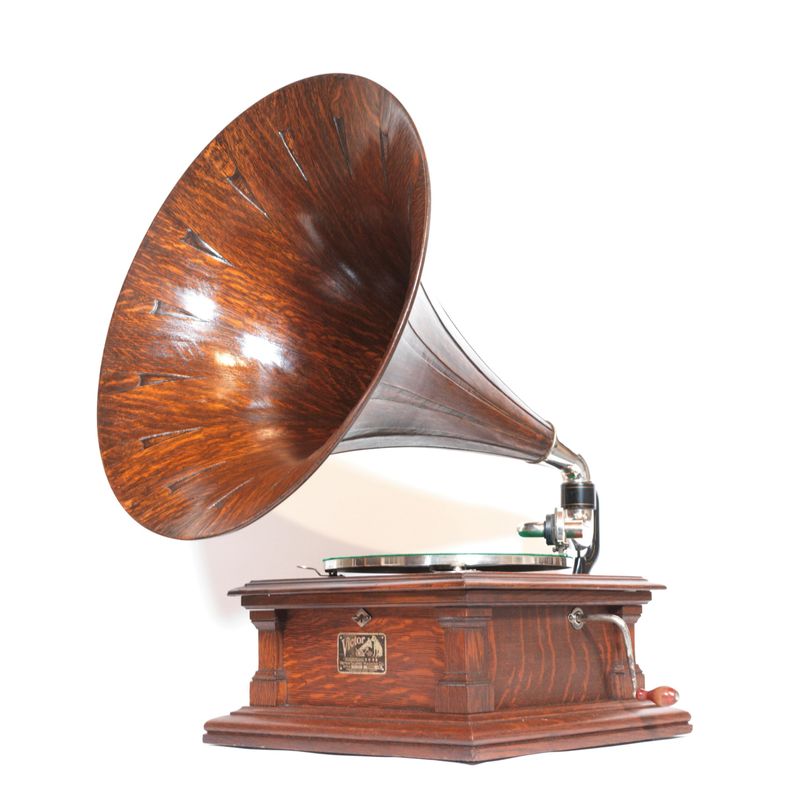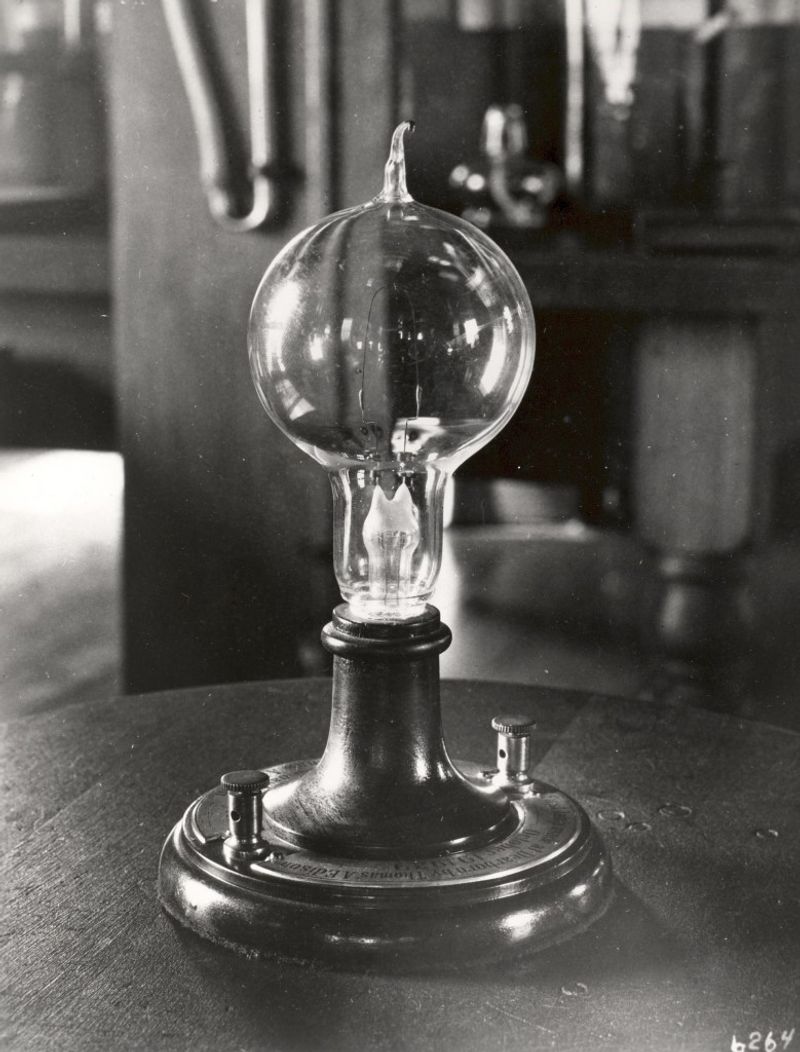Explore a visual journey through 1917, a year marked by global upheaval and transformation. From the trenches of World War I to the bustling streets of burgeoning cities, this collection captures the essence of a world in transition.
Witness the resilience of soldiers, the determination of women in factories, and the vibrancy of urban life as we delve into the past through these unique snapshots.
1. Soldiers in the Trenches
In the muddy and cold trenches of World War I, soldiers faced unimaginable challenges. They lived in cramped conditions, with constant threats from enemy fire and gas attacks. Life was a daily struggle for survival, with limited food and medical supplies.
These young men, often not much older than teenagers, showed immense bravery. They forged bonds of camaraderie, supporting each other through the horrors of war. The trenches were not just battlefields but also homes, as soldiers spent months on end entrenched in the fight. Their resilience was remarkable.
2. Women Working in Factories
During World War I, as men went off to fight, women stepped up to fill the void in the workforce. They took on roles traditionally held by men, particularly in factories producing munitions and other war supplies.
These women worked long hours under challenging conditions, proving their capability and resilience. Their efforts were crucial to the war effort and laid the groundwork for future advancements in women’s rights.
The image of women diligently working with machines symbolizes a significant shift in societal norms and the empowerment of women.
3. The Russian Revolution
The Russian Revolution of 1917 was a pivotal moment in history. It marked the end of centuries of imperial rule in Russia and the rise of the Soviet Union.
Crowds gathered in the streets, demanding change and better living conditions. The revolution was driven by widespread discontent with the political and economic situation.
This period saw the overthrow of the Tsar and the establishment of a communist government, radically altering Russia’s trajectory. The photograph captures the fervor and determination of the people, united in their call for revolution.
4. U.S. Enters World War I
In 1917, the United States made a decisive entry into World War I, marking a turning point in the conflict. American troops boarded ships bound for the battlefields of Europe, bringing fresh energy and resources to the Allied forces.
The decision to enter the war was fueled by various factors, including the Zimmermann Telegram and unrestricted submarine warfare.
This moment marked the U.S.’s emergence as a significant global power. The photograph captures young soldiers, full of determination and a sense of duty, as they embarked on their journey to support the Allies.
5. Victory Gardens
Victory Gardens became a symbol of civilian contribution to the war effort during World War I. Families across the United States and other Allied nations planted these gardens to supplement their food supply and reduce pressure on public resources.
It was a community-driven initiative, encouraging people to grow their own vegetables and fruits. This movement not only supported the war effort but also fostered a sense of unity and resilience among the population.
The image of a family tending to their garden reflects the spirit of self-sufficiency and resourcefulness.
6. Gas Mask Drill
The threat of chemical warfare loomed large during World War I, prompting militaries to equip their soldiers with gas masks. These masks were essential for survival in the trenches, where gas attacks were a constant danger.
Training drills were conducted regularly, ensuring that soldiers were prepared to don their masks quickly in the event of an attack.
Photographs of these drills convey the gravity of the situation and the continuous preparedness required. The image encapsulates the vigilant and disciplined approach adopted by soldiers to safeguard themselves.
7. Red Cross Nurses
The Red Cross played a vital role during World War I, with nurses providing essential medical care to wounded soldiers on the front lines. These women volunteered to serve in challenging and often dangerous conditions, driven by a commitment to help those in need.
They worked tirelessly, tending to injuries and providing comfort to the suffering. Their presence was a source of hope and humanity amidst the brutality of war.
The image of Red Cross nurses in action highlights their compassion and unwavering dedication to saving lives.
8. Woodrow Wilson’s Presidency
Woodrow Wilson, the 28th President of the United States, led the nation through the tumultuous years of World War I. His leadership was characterized by his efforts to promote peace and democracy.
In 1917, his decision to enter the war marked a pivotal moment in his presidency. Wilson’s speeches and policies set the tone for America’s role on the global stage.
The photograph captures him addressing a gathering, symbolizing his influential presence and the significant decisions that defined his tenure during this critical period.
9. The Zimmermann Telegram
The Zimmermann Telegram was a secret communication sent by Germany to Mexico in 1917, proposing a military alliance. It promised Mexico the territories of Texas, New Mexico, and Arizona in exchange for joining the war against the United States.
This telegram was intercepted and decoded by British intelligence, who shared it with the U.S. government.
The revelation of this message outraged the American public and was a pivotal factor in the U.S. decision to enter World War I. The photograph of the telegram symbolizes the crucial intelligence breakthrough that shifted international relations.
10. Armistice Day Celebrations
In 1917, Armistice Day was a moment of temporary respite and celebration amidst the ongoing World War I. It marked a ceasefire, allowing soldiers and civilians to experience a brief period of peace.
The streets filled with joyous celebrations, as people waved flags and expressed relief. Though the war was not yet over, this moment provided hope for a future without conflict.
The photograph captures the exuberance and unity of those celebrating, embodying the collective desire for peace and the triumph of hope over despair.
11. Early Automobiles
By 1917, the automobile had begun to transform urban landscapes and the daily lives of many. The Model T Ford became a symbol of this change, as it was affordable and accessible to the masses.
The streets, once dominated by horse-drawn carriages, now buzzed with these early cars. This shift revolutionized transportation, offering new freedom and opportunities for travel.
The image of a bustling street filled with automobiles captures the essence of a society on the move, embracing innovation and the future of transportation.
12. Street Vendors
Street vendors were a common sight in 1917, providing essential goods and produce to city dwellers. These bustling marketplaces were hubs of activity, where people from all walks of life congregated to purchase daily necessities.
The vendors, with their colorful displays of fruits, vegetables, and bread, contributed to the vibrancy of urban life.
The photograph of a lively market scene illustrates the hustle and bustle of daily life, reflecting a community engaged in commerce and the simple pleasures of human interaction.
13. Children Playing in the Streets
In 1917, children found delight in simple pleasures, often playing in the streets with homemade toys and games. Without the distractions of modern technology, their imaginations flourished in outdoor play.
Games like hopscotch, marbles, and tag were popular, fostering camaraderie and creativity. The streets became their playgrounds, where they explored and interacted with their peers.
The image of children engaged in play captures the innocence and joy of childhood, a reminder of a time when entertainment was uncomplicated and rooted in imagination and social bonding.
14. Family Portraits
Family portraits in 1917 were formal affairs, often taken in professional studios. Families dressed in their best attire, with men in suits and women in long dresses, to capture a moment in time.
These portraits were cherished keepsakes, representing family unity and pride. The process was a significant event, reflecting the importance placed on preserving memories for future generations.
The image of a family portrait highlights the tradition and formality of the era, offering a glimpse into the values and aesthetics that defined family life.
15. Public Transportation
In 1917, public transportation was central to city life, with trolleys and early subway systems providing essential services to urban populations. These modes of transport enabled the movement of people across burgeoning metropolises.
They were crowded, bustling with commuters who relied on them for work and daily activities. Public transportation fostered connectivity and contributed to the growth of cities.
The photograph of a crowded trolley captures the hustle of urban life, reflecting the dynamic and interconnected nature of city living in the early 20th century.
16. City Skylines
In 1917, cities like New York and Chicago were rapidly transforming into bustling metropolises. Skyscrapers began to reshape the skyline, symbolizing progress and modernity.
These structures were feats of engineering, reflecting the ambition and economic growth of the time. The urban landscape was vibrant, with streets teeming with activity and commerce.
The photograph of a city skyline captures the dynamism and energy of urban life, highlighting the architectural advancements and the ever-expanding horizon of modern cities.
17. Immigrant Communities
In 1917, Ellis Island remained a gateway for thousands seeking a new life in America. Immigrants arrived from various countries, each carrying dreams of opportunity and prosperity.
These communities brought diverse cultures and traditions, enriching the social fabric of the nation. The challenges of adapting to a new environment were met with resilience and hope.
The image of immigrants at Ellis Island captures their journey and aspirations, reflecting the enduring spirit of those who sought a better future and contributed to the multicultural tapestry of America.
18. School Classrooms
Classrooms in 1917 were formal and disciplined environments, with a focus on rote learning and strict adherence to rules. Teachers were authoritative figures, guiding students through lessons with precision.
Desks were arranged in orderly rows, and textbooks were the primary tools of instruction. Despite the rigid structure, schools were places of learning and growth.
The photograph of a classroom scene captures the essence of education during this period, highlighting the values placed on knowledge and the structure that defined the learning experience.
19. Church Gatherings
Church gatherings in 1917 were central to community life, offering spiritual nourishment and social connections. Sundays were reserved for worship, with families attending services dressed in their finest attire.
These gatherings fostered a sense of community and shared values, providing solace and guidance during uncertain times.
The photograph of a church congregation captures the solemnity and tradition of religious practices, reflecting the role of faith in daily life and the communal bonds it nurtured within society.
20. Fashion of the Era
Fashion in 1917 was characterized by elegance and formality. Women wore long skirts and blouses, often accessorized with elaborate hats and gloves. Men donned three-piece suits, complete with waistcoats and bowler hats.
The clothing reflected social norms and status, with attention to detail and craftsmanship. Fashion trends were influenced by cultural and economic factors, making statements about identity and aspiration.
The image of people dressed in 1917 fashion captures the style and sophistication of the era, offering insight into the cultural landscape and the importance placed on appearance.
21. First Tanks on the Battlefield
The introduction of tanks in 1917 marked a significant advancement in warfare technology during World War I. These armored vehicles were designed to navigate difficult terrain and break through enemy lines.
Their presence on the battlefield altered strategies and offered new possibilities for combat. Tanks were a symbol of innovation, blending engineering with military tactics.
The photograph of an early tank captures the moment of technological progress, showcasing the evolving nature of warfare and the relentless pursuit of tactical advantage in the conflict.
22. Telephone Operators
In 1917, telephone operators played a crucial role in communication, manually connecting calls at switchboards. This primarily female workforce ensured that people could stay connected, both personally and professionally.
Their work required precision and efficiency, as they navigated complex networks to link callers. The role of operators was pivotal in maintaining communication channels across vast distances.
The photograph of women at a switchboard highlights the essential work of telephone operators, reflecting the growth of communication technology and the integral part they played in connecting society.
23. Silent Film Theaters
The silent film era in 1917 was a time of burgeoning creativity and entertainment. Film theaters became popular venues for audiences eager to experience this new form of storytelling.
Charlie Chaplin and other silent film stars captivated viewers, bringing humor and drama to the silver screen. Live music often accompanied these films, enhancing the cinematic experience.
The photograph of a silent film theater captures the excitement and novelty of cinema, reflecting the cultural shift towards visual entertainment and the communal joy of watching films together.
24. Biplanes in Action
Biplanes represented a new frontier in aviation during 1917, playing roles in both warfare and communication. Their use in World War I introduced aerial reconnaissance and combat, changing military tactics.
These aircraft also facilitated mail delivery, connecting distant locations with unprecedented speed. Biplanes symbolized the spirit of innovation and the push towards exploring the skies.
The photograph of a biplane in action captures the pioneering spirit of aviation, highlighting the dual roles of these aircraft and their impact on both military operations and civilian life.
25. Typewriters in Offices
In 1917, typewriters were indispensable tools in offices, revolutionizing business communication. They enabled the efficient production of documents, contracts, and correspondence.
The rhythmic clattering of keys became synonymous with the professional environment, as typewriters dominated the desks of secretaries and clerks. These machines were symbols of modernity and productivity.
The photograph of an office filled with typewriters captures the essence of the pre-computer era, reflecting the evolution of workplace technology and the importance of written communication in business operations.
26. Steam Locomotives
Steam locomotives were the backbone of long-distance travel in 1917, connecting cities and towns across vast distances. These powerful engines transported passengers and goods, fostering economic growth and mobility.
The sight of a steam train, with its iconic billowing smoke, was emblematic of the industrial age. Rail travel offered comfort and convenience, opening new horizons for exploration and commerce.
The photograph of a steam locomotive captures the grandeur and significance of rail transportation, highlighting its role in shaping the landscape and the lives of people during this period.
27. Early Cameras
Early cameras in 1917 were bulky but revolutionary, allowing people to capture moments and memories. Photographers used large box cameras, often requiring tripods and long exposure times.
This technology made it possible to document historical events and everyday life, preserving images for future generations. The process of taking photographs was deliberate and required skill.
The photograph of a photographer with an early camera embodies the era’s technological advancements, showcasing the art and science of photography and its importance in recording history and personal stories.
28. Radios and Phonographs
In 1917, radios and phonographs were at the heart of home entertainment, bringing music and news into living rooms. Families gathered around these devices, listening to broadcasts and recordings.
This new way of experiencing entertainment fostered a shared cultural experience, as people tuned into the same programs and music. Radios and phonographs connected listeners to the wider world.
The photograph of a family with a radio highlights the transformative impact of these devices, illustrating the shift in how people consumed media and the role of audio technology in everyday life.
29. First Mass-Produced Wristwatches
The mass production of wristwatches in 1917 marked a significant shift in personal timekeeping. Previously, pocket watches were the norm, but wristwatches offered convenience and accessibility.
This change was driven by practicality, especially noted during World War I, where soldiers found wristwatches more convenient in the trenches. The trend quickly caught on with the public.
The photograph of a wristwatch captures this evolution in fashion and functionality, reflecting the changing attitudes towards technology and the everyday conveniences that began to shape modern life.
30. Light Bulbs in Homes
By 1917, electric light bulbs were becoming common in homes, marking a transition from gas lamps. This change brought increased safety, convenience, and efficiency to domestic life.
The introduction of electricity transformed how people lived, extending productive hours and enhancing the quality of life. Homes illuminated by electric light represented progress and modernity.
The photograph of a home lit by electric bulbs captures this pivotal moment in technological advancement, reflecting the broader shifts towards electrification and the impact of innovation on everyday living.
